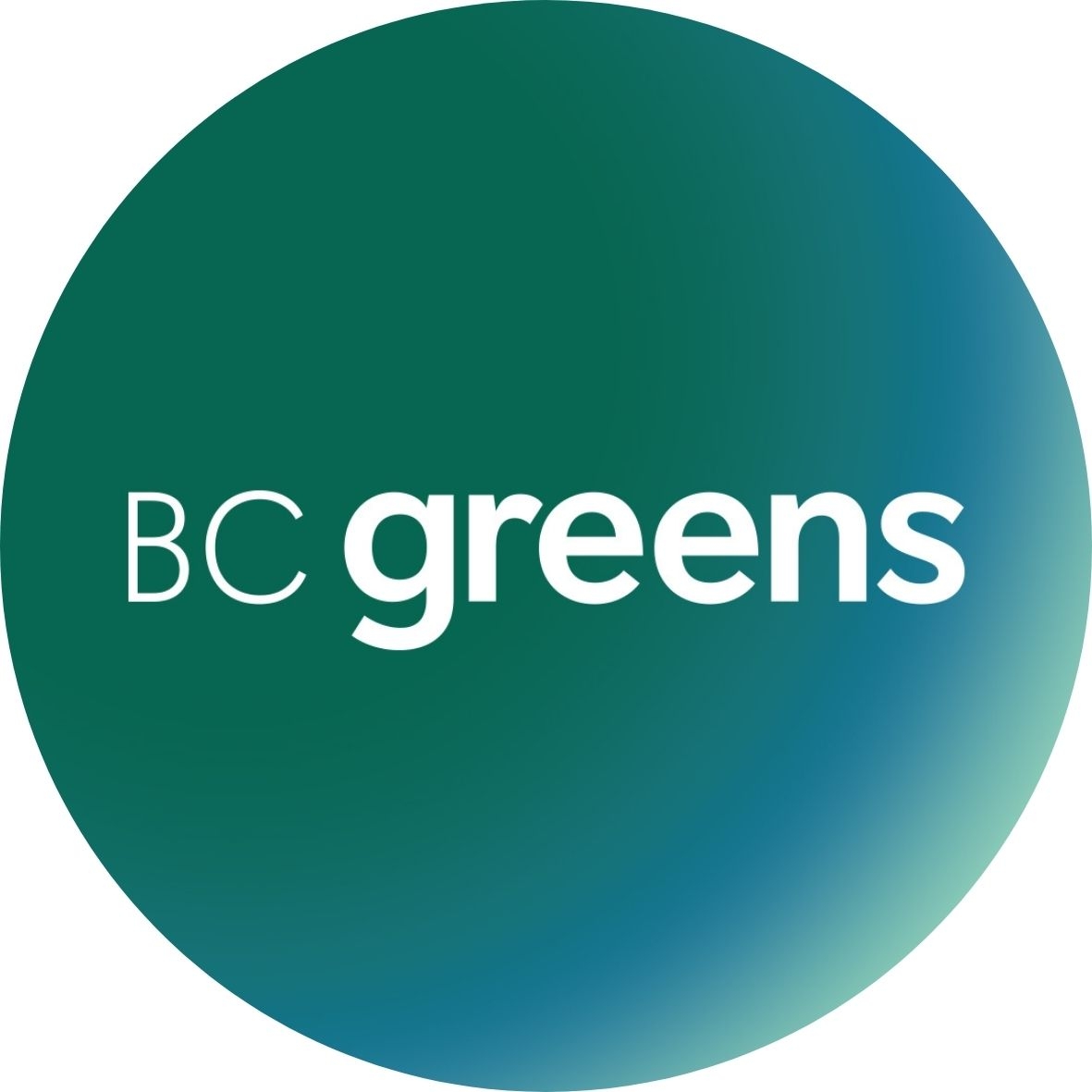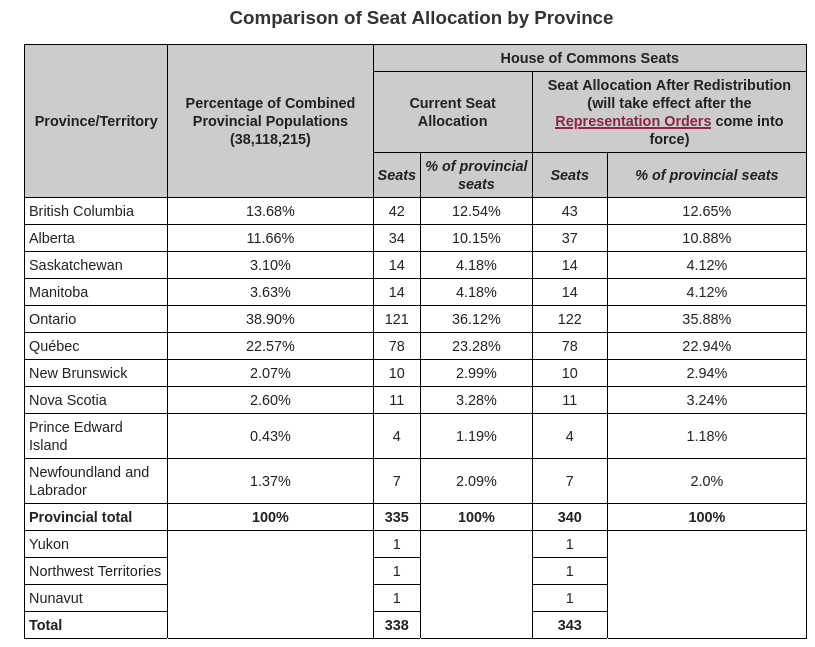If you don’t mind old hardware, get it refurbished from Amazon. You can get pixel 7 for 400 CAD, sometimes less. Amazon quality control is better than ebay, so was the support.
My biggest problem is with the camera of all mobiles, the photo looks good because there is a lot of processing in the background, and it becomes very apparent how the hardware is bad when you take pictures with an aftermarket OS.






A friend suggested me Sailfish OS, sadly it only supports Xperia, and Sony does not make phones that attend the frequency where I live.
My next “phone” will be a pocket computer with a data chip. For the last 20 years, I only received phone calls from solicitors/scammers.